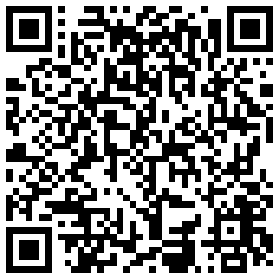By Qian Ding, CCTV.com reporter and editor
The opening ceremony of China Intangible Cultural Heritage Craftsman Thangka Exhibition was held in Cultural Palace of Nationalities in Beijing on September 2nd. Thangka artists from China's Qinghai province, Sichuan province, Gansu province and Tibet Autonomous Region, senior officials from Beijing Intangible Cultural Heritage Development Foundation, China Federation of Literary and Art Circles and others were in attendance.
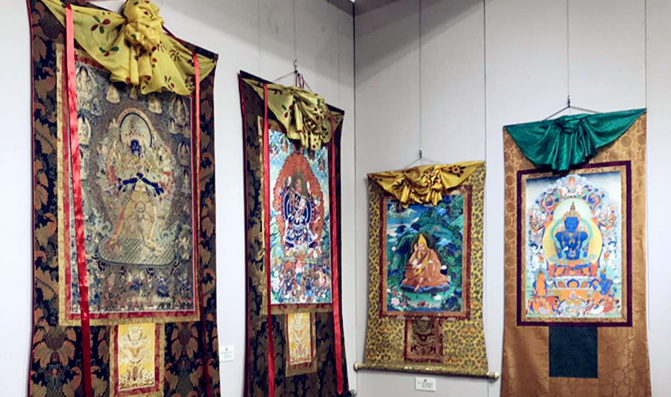
Thangka Exhibition (Photo/ Qian Ding)
The exhibition lasts from September 2nd to 7th, with 120 paintings from 100 artists selected for visitors. In the ceremony, ten artists including Xihedao, Douga, Gengdeng Daji, Gesang Cidan, Mandrong · Norbu Sthar, Xirebu, Luozang Danba, Xiawuta, Sangdouhe, Ugyen Dorji were awarded the title of "China Intangible Cultural Heritage Craftsman" and another ten including Zhaxi Dangzhou, Huangong, Longsang, Sangjieben, Rengqingjia, Zhuoma Nizhi, Suonan Jiancuo, Rengqing Cairang, Kuantaijia, Rengqing Duojie were among the nominated "China Intangible Cultural Heritage Craftsman".
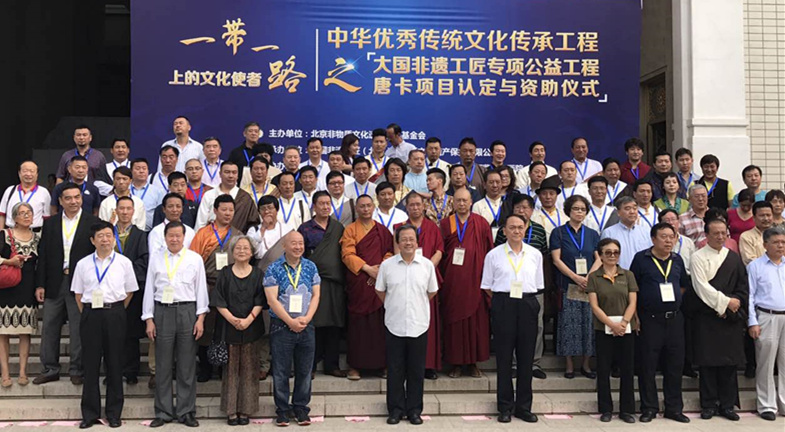
Group photo of the guests (Photo/ Qian Ding)
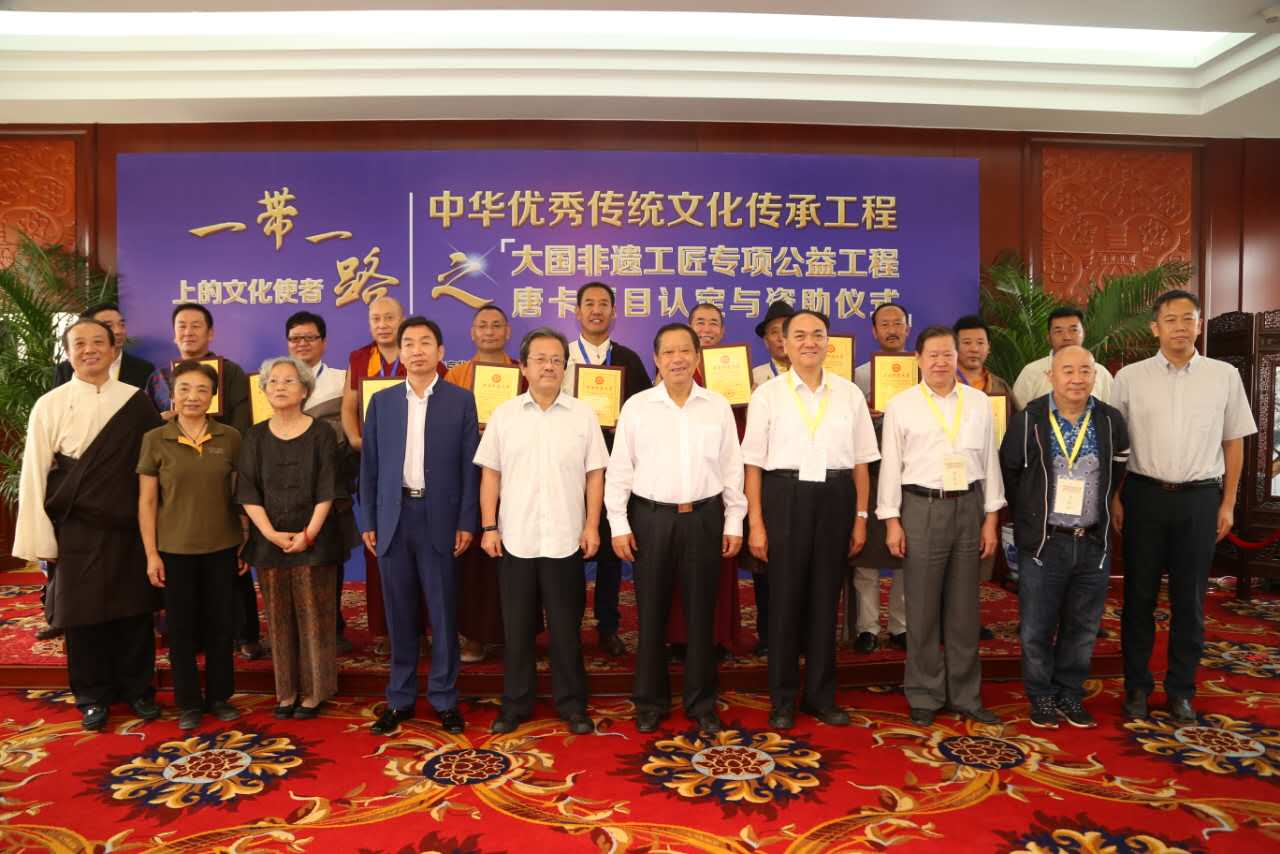
Artists awarded the title of "China Intangible Cultural Heritage Craftsman"
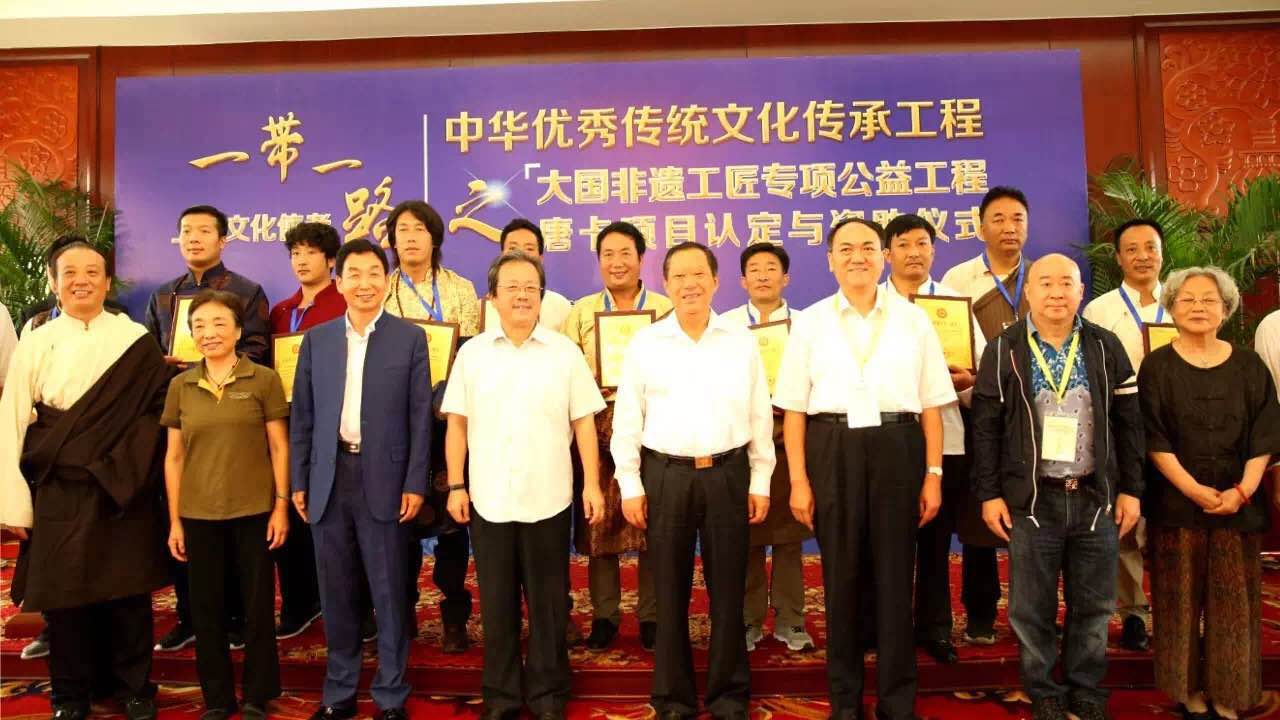
Artists nominated for "China Intangible Cultural Heritage Craftsman"
In the ceremony, master of Chinese arts and crafts, Zhang Rucai; national intangible cultural heritage inheritor Niangben; artists Yu Xin, Li Xinying, Wang Xianfeng, Wang Jianwei, Li Jianfeng, Zhang Jianzhao, Cui Songwei, Wang Huaping, Zhai Qun; Thangka artists Jiuxijia, Rengqing Cairang, Huadan Cairang, Wamo Dangzhou, Genqiu Jiangcun; manager of Yudu Jun Kiln Company, Ji Hongwei and executive deputy director of Beijing Intangible Cultural Heritage Development Foundation, calligrapher Zhang Jinjing donated works to Beijing Intangible Cultural Heritage Development Foundation.
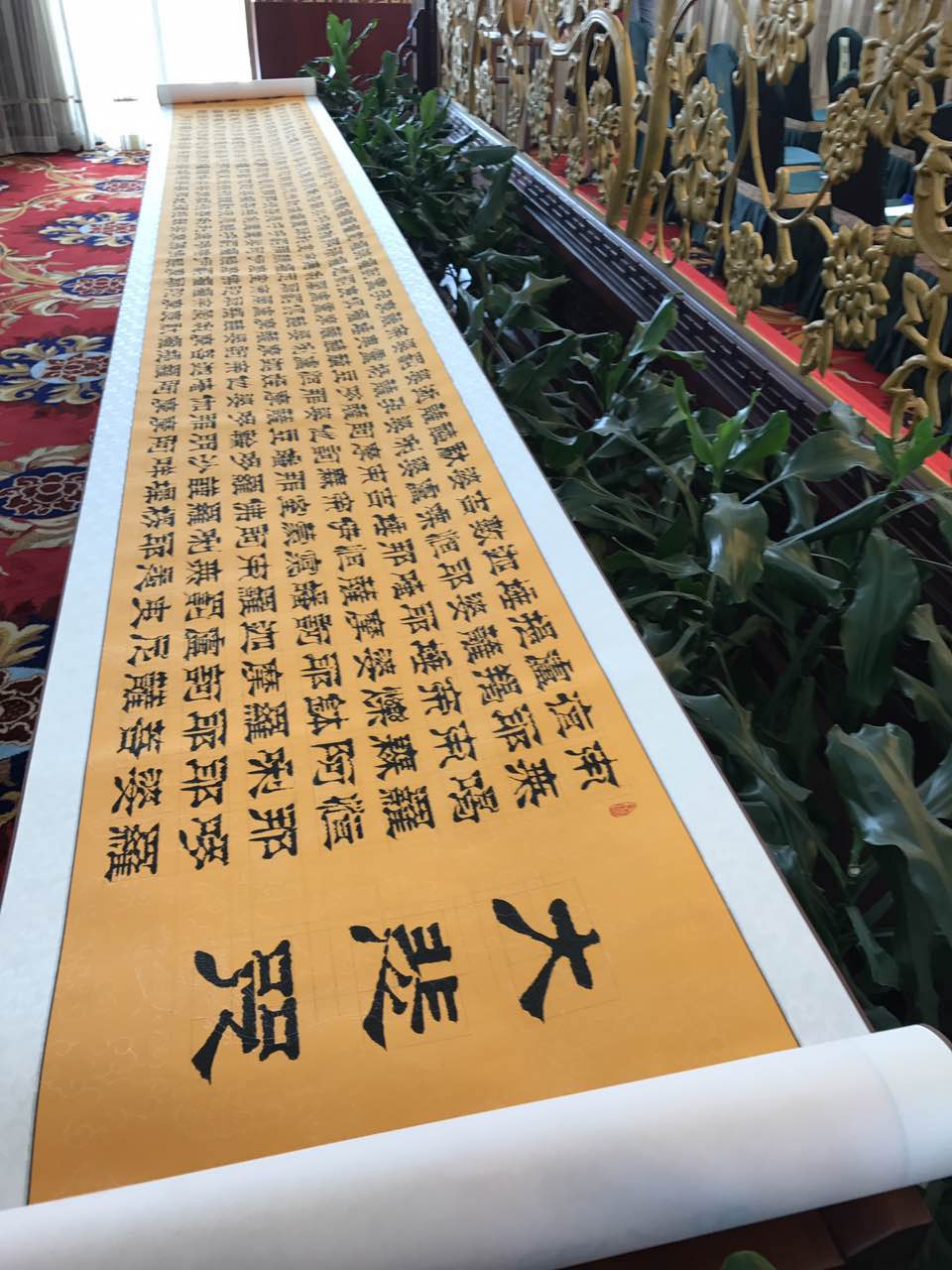
Calligraphy work donated by Zhang Jinjing to Beijing Intangible Cultural Heritage Development (Photo/ Qian Ding)
In order to promote Thangka art, about 5 million RMB (around 763,600 US dollars) will be donated for the development of Thangka art in China by Beijing Intangible Cultural Heritage Development Foundation.
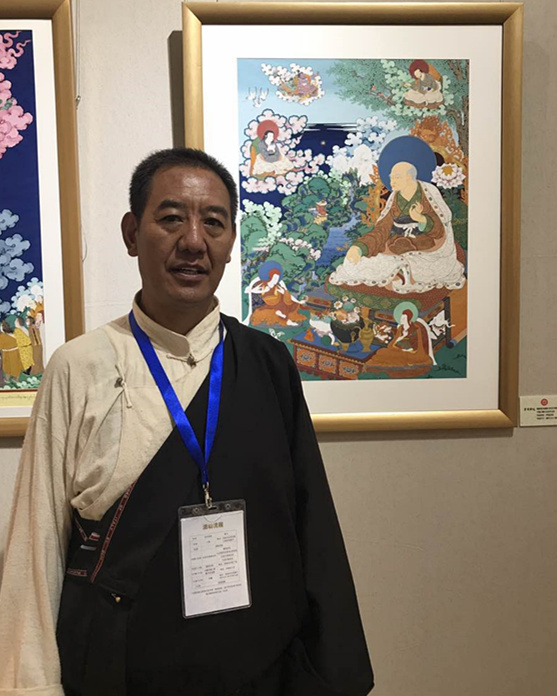
Artist Mandrong · Norbu Sthar and his work (Photo/Qian Ding)
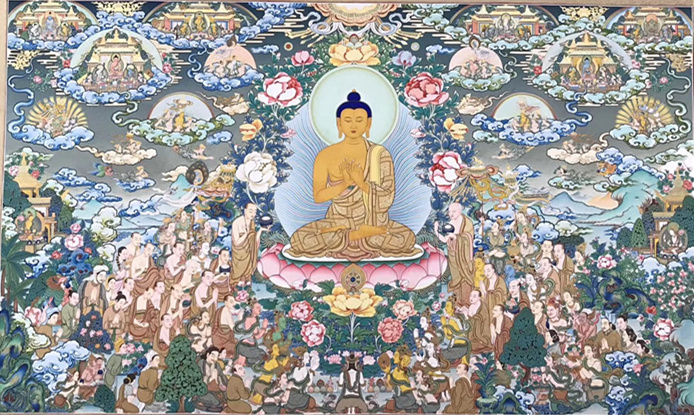
Thangka artwork in exhibition by artist Xirebu (Photo/ Qian Ding)
Thangka is a Tibetan Buddhist painting on cotton or silk, usually depicting a Buddhist deity, scene, or mandala. Thangka art performs several different functions. They serve as important teaching tools depicting the life of the Buddha, various influential lamas and other deities and Bodhidharma. They can be used as a meditation tool to help bring one further down the path to enlightenment. Thangka artworks are usually hung on or beside altars, monks and other devotees also hang them in the bedrooms or offices.
(The opinions expressed here do not necessarily reflect the opinions of Panview or CCTV.com. )

Panview offers a new window of understanding the world as well as China through the views, opinions, and analysis of experts. We also welcome outside submissions, so feel free to send in your own editorials to "globalopinion@vip.cntv.cn" for consideration.





